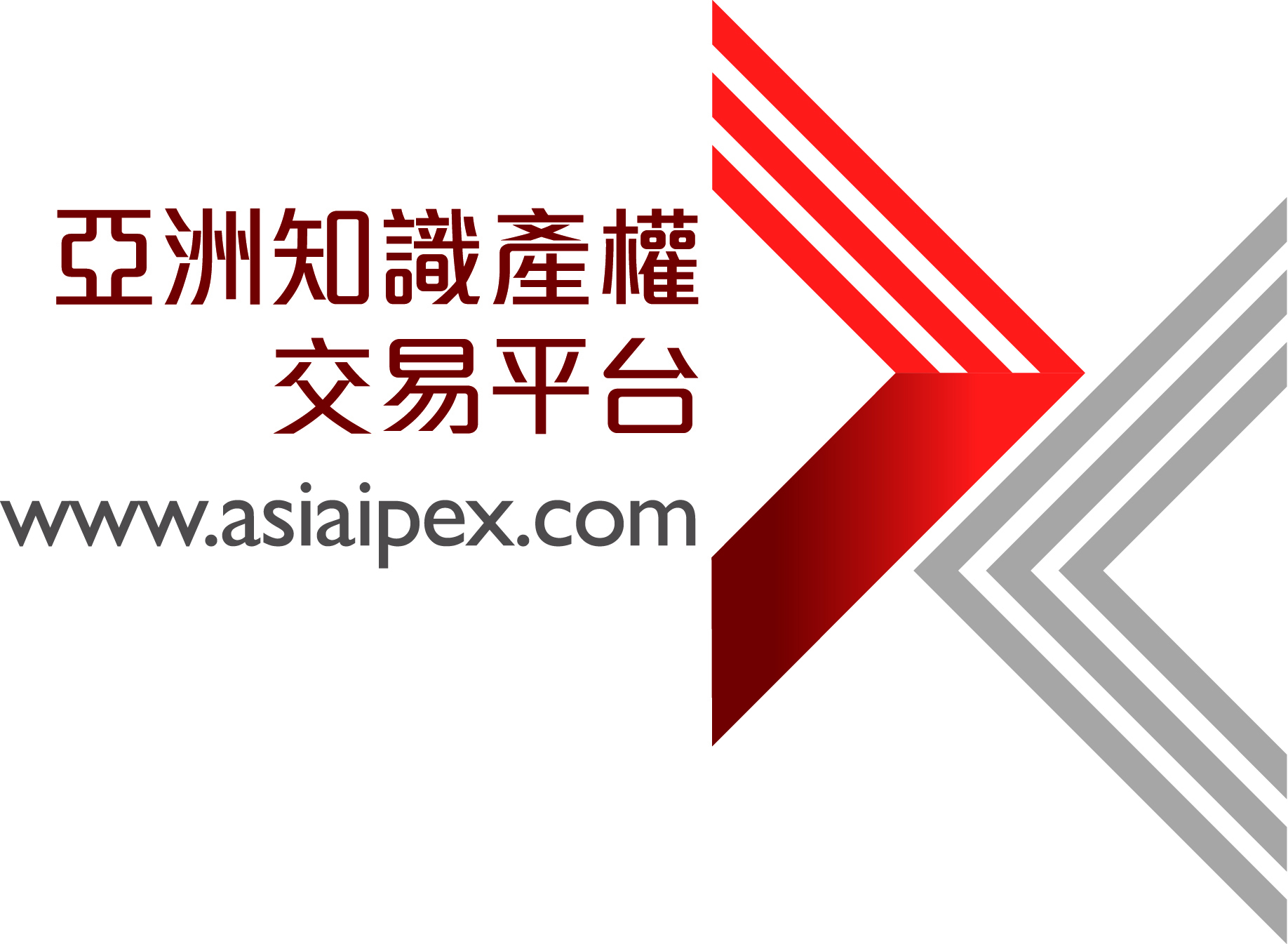Zero-footprint Metrology Microsystem
Can be used in hostile process environmentsAccurate data analysis can be collected with minimal effortForm-factor can vary from a stand-alone mot-sized device to a wafer with an arrayArray implementations could obtain accurate mapping information of process parameters at various lateral positions across wafersData acquisition is compatible with post-measurement data reading or in-situ wireless transmisison
Target applications include growth/etch processing of dielectric films and semiconductor films, chemical mechanical polishing (CMP), and curing of polymetric films (e.g. photoresist and low-k dielectrics).With appropriate modeling and calibration, refractive indexes and absorption monitoring could be expanded into broader applications including optical spectroscopy of processing chemistry.
None
Related Technologies Tech ID/UC Case 17662/2006-093-0 Related Cases 2006-093-0
美國



